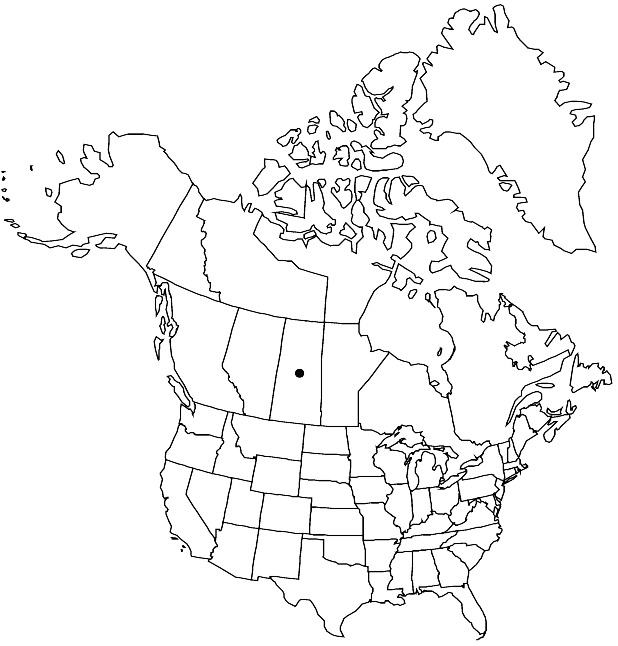Difference between revisions of "Salix turnorii"
J. Arnold Arbor. 17: 234, plate 193. 1936.
FNA>Volume Importer |
FNA>Volume Importer |
Revision as of 20:20, 24 September 2019
Shrubs, 1–2.5 m, (forming clones by layering). Stems: branches yellow-brown or yellow-gray, not or weakly glaucous, (with sparkling wax crystals, dull or slightly glossy), pilose or villous; branchlets gray-brown or red-brown, pubescent, villous, or velvety. Leaves: stipules foliaceous, apex acute or convex; petiole shallowly grooved adaxially, 4–13 mm, villous or pubescent adaxially; largest medial blade (amphistomatous), narrowly oblong, narrowly elliptic, elliptic, oblanceolate, or lanceolate, 26–47 × 7.5–15 mm, 2.8–4.1 times as long as wide, base convex, rounded, or subcordate, margins slightly revolute or flat, serrate or serrulate, apex acuminate to acute, abaxial surface glaucous, glabrous, pilose, villous, or long-silky, hairs straight or wavy, adaxial dull, sparsely or moderately densely pilose or long-silky, especially on midrib; proximal blade margins entire or serrulate; juvenile blade reddish or yellowish green, sparsely to moderately densely long-silky or pubescent abaxially, hairs white. Catkins flowering just before or as leaves emerge; staminate stout, 16–30 × 8–10 mm, flowering branchlet 1.5–4 mm; pistillate loosely flowered, stout, 18–22 × 9–11 mm, flowering branchlet 3–4 mm; floral bract brown or tawny, 1.2–1.6 mm, apex acute or rounded, abaxially hairy throughout or proximally, hairs straight or wavy. Staminate flowers: adaxial nectary narrowly oblong or ovate, 0.7–1.1 mm; filaments distinct or connate, hairy basally; anthers yellow, 0.6–0.8 mm. Pistillate flowers: adaxial nectary oblong, flask-shaped, or narrowly ovate, 0.4–1 mm, shorter than stipe; stipe 2–4 mm; ovary pyriform, glabrous, beaks slightly bulged below styles; ovules 14–18 per ovary; styles 0.3–0.5 mm; stigmas flat, abaxially non-papillate with rounded or pointed tip, 0.16–0.23–0.28 mm. Capsules 2.5–5 mm.
Phenology: No flowering time data are available (probably May or Jun).
Habitat: Active sand dunes
Elevation: 200-300 m
Discussion
Of conservation concern.
Salix turnorii is known from the Lake Athabasca sand dunes in northwestern Saskatchewan. Salix famelica in the Great Sand Hills, southern Saskatchewan, is very similar morphologically and may have been the source of populations ancestral to S. turnorii that moved into northern Saskatchewan during the warm Holocene Hypsithermal Period (ca. 9000–6000 yrs. B.P.).
Hybrids:
Salix turnorii forms natural hybrids with S. brachycarpa var. psammophila.
Selected References
None.
